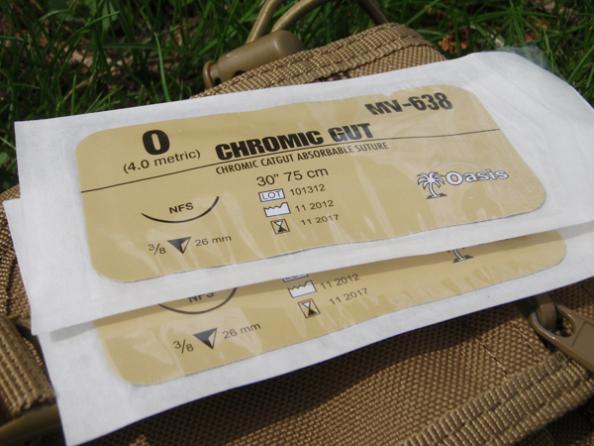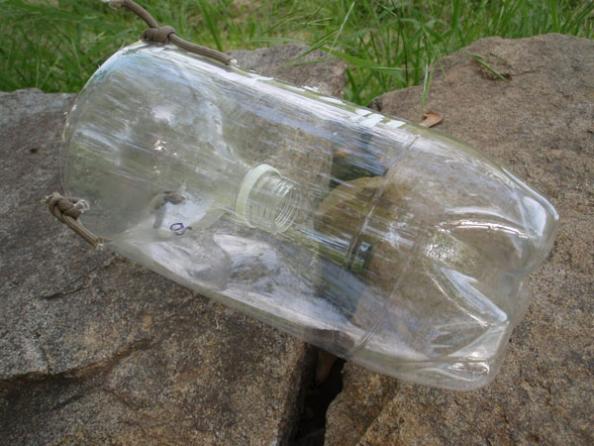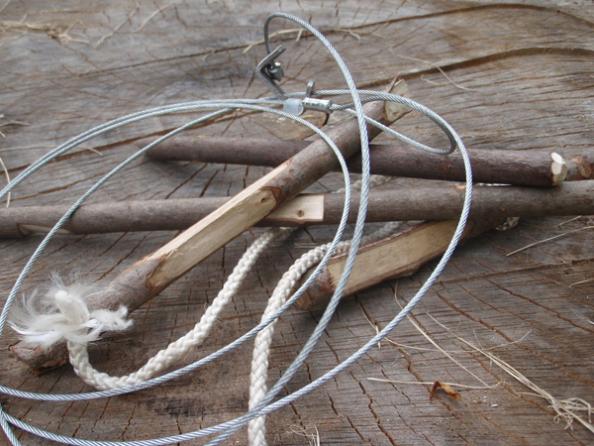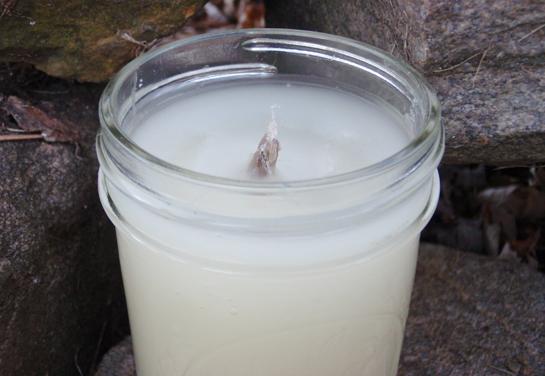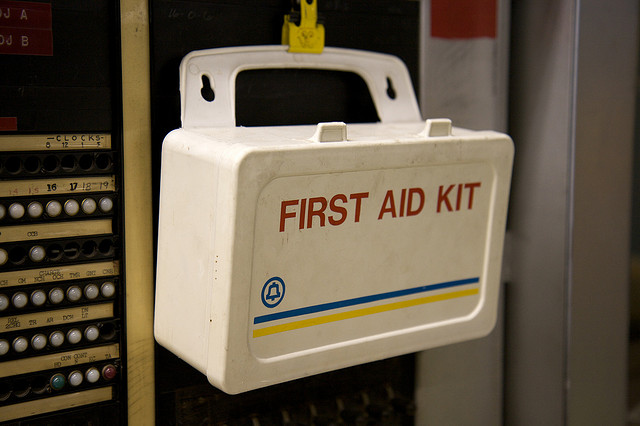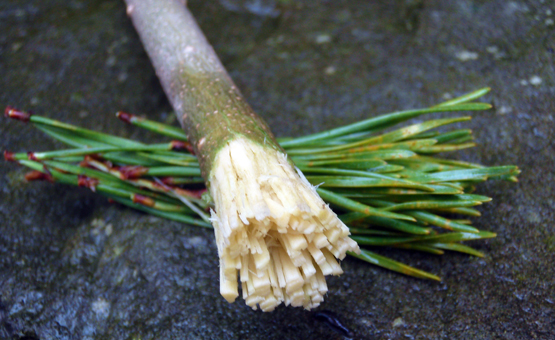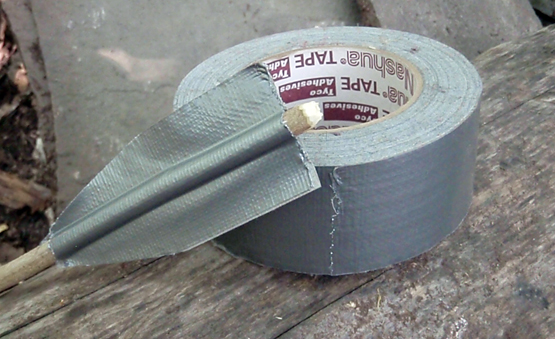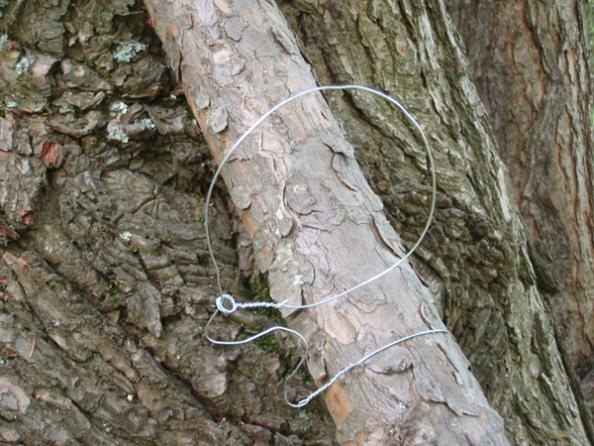When you get cut out in the field, it can be hard to tell just how bad the injury is until the bleeding subsides. After applying pressure for a few minutes, and once you can actually see the nature of the wound, you’ll probably be wondering if the wound needs stitches or not? It’s a simple question, but it opens up a big gray area in field medical care.
The first advice I would give is the obvious advice, find a medical practitioner to make the call about either using stitches or simply bandaging up the wound. But if you are hell and gone from any normal medical care, or you are away from your group’s medic, you may have to make your own assessment. Just don’t “Rambo” your way through the wound’s care, trying to use fishhooks and foolishness to stitch yourself up. Make sure you have a proper suture kit and the knowledge to use it correctly.
Here are a few tips to help you make the right call if you cannot get to a doctor or medic. Stitch up your wound if any of the following apply:
The cut is more than an inch long and the edges of the cut will not fall back together.
There is heavy bleeding, especially if you are having trouble getting it to stop.
The cut gapes widely and you can see muscle, bone, or a joint.
It’s a head wound–they often require stitches because the scalp bleeds easily.
Looking for some pre-emergency suture practice? Try cutting a banana peel or fresh pig’s feet, then stitching the cut back together. A very intelligent heart surgeon friend of mine recommends these two methods of training, and the use of the same suture materials you currently stock in your medical kit. And don’t stitch too deep! The beginner is always stitching like they’re trying to mend a sail. Stitch through the first layer of skin, let the curved needle come out in the second layer, but don’t dig down deeper into that third, nerve-rich layer of skin. The additional pain will let you know you went too deep with the needle.
Ever needed to stitch up yourself or somebody else? We hope you’ll share your story in the comments.
